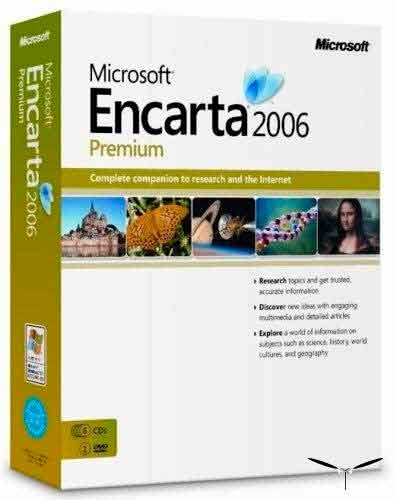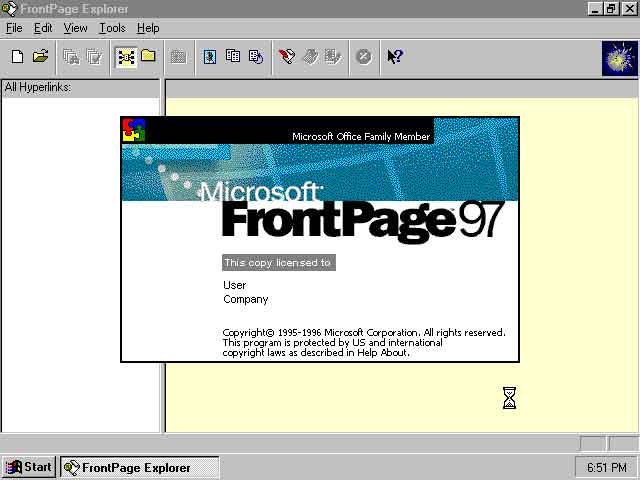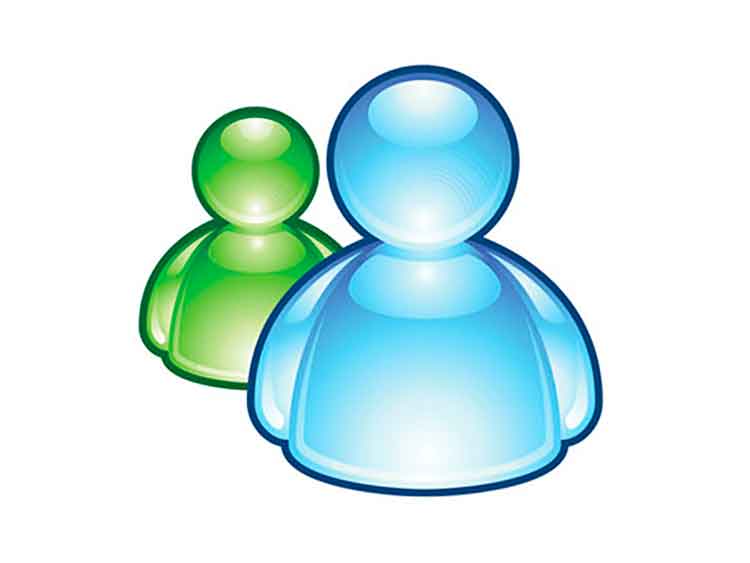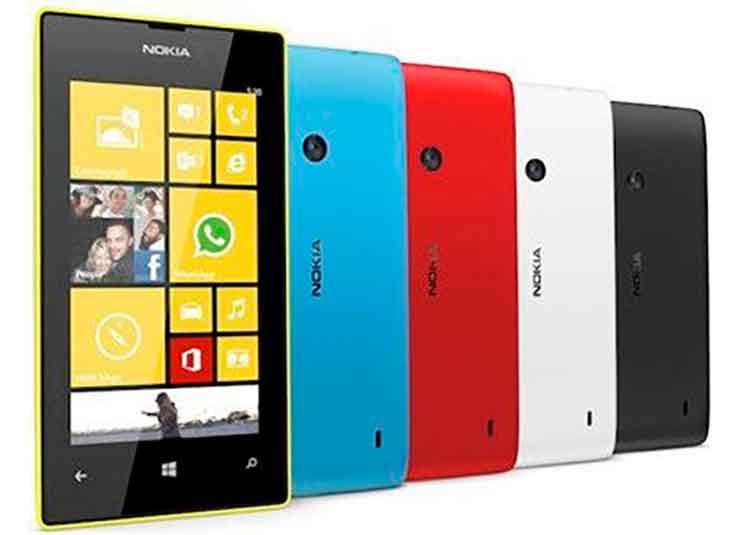
Well, let’s start by clarifying that no, Microsoft has not made the leap to the market of the undertakers or anything like that. But, nevertheless, if we review its history or, to be more exact, the history of its products and services, we will find ourselves with a list of fallen in combat and deaths due to natural deaths that, with greater or lesser force, but in all cases have contributed to making the Redmond technology company the giant it is today.
In the first place we could, of course, mention all those products and services that have evolved into new versions– From Windows and Office to Xbox, the list is long. However, and given that in this case we are talking about renovations, it would not be fair to add them to the list of those who were there but are no longer. Those products and services have not gone away, they have only evolved to adapt to the sign of the times, like Madonna, the SEAT Ibiza and croquettes.
Thus, it is important to clarify that when we talk about the Microsoft graveyard, we will not find the previous and historical versions of your operating systems, not even the more than remembered MS-DOS, because its presence is still very much alive in the DNA of the system console and Microsoft PowerShell. And no, as much as you remember it, Windows XP isn’t on the list either, for the simple reason that it still lives, and will always live, in our hearts.
But then, What can we find in the Microsoft graveyard? Well, a quick visit to it will remind us of some projects that did not turn out well, others that did but with a limited life cycle, and some to which the evolution of the world closed its doors. Let us recall some of them, possibly the most memorable:
Microsoft Encarta: The definitive multimedia encyclopedia. Goodbye to the 18-volume encyclopedias gathering dust, the arrival of the first PCs with multimedia capabilities (mainly a CD-ROM drive and a sound card) brought us many things, and among them the possibility of condensing all that information, and also add audio, video and images of greater size and quality on a CD. Encarta was not the only one, but it was the most important of the multimedia encyclopedias.
Born in 1993, on dates close to the arrival on the market of the Creative Labs Multimedia Kit, which was a true revolution for home computing, it enjoyed 16 years of life, since the emergence of information sources on the Internet, led by Wikipedia ( born in 2001), resulted in the obsolescence of the format which, in turn, was the one that put an end to the classic encyclopedias. Microsoft said goodbye to Encarta in 2009.
Microsoft FrontPage: In the dawn of the web, the best web editor was Windows Notepad. However, as the complexity of the pages grew, visual editors started to become more popular and for a time, they were the preferred option for many. FrontPage was Microsoft’s bet in this regard, and it arrived at the height of the first browser war, when the two main rivals were Internet Explorer and Netscape Navigator.
FrontPage, whose full name was Microsoft Office FrontPage, put the design of a graphically complex web page within the reach of a few clicks, which was welcome. The problem is that, sometimes, it used non-standard HTML code, and that it was only rendered correctly by Internet Explorer. However, it enjoyed great popularity and, although it was discontinued in 2003, eight years after its birth, it was the germ that gave birth to SharePoint.
msn-messenger: It was not the first instant messaging service over the Internet, but it was undoubtedly largely responsible for the massive popularization of this communication system. Although many users remember it mainly for its buzzing noises, emoticons and others, with this service, perhaps without being aware of it at the time, Microsoft was taking the first steps of a new communication model that has accompanied us up to the present .
WhatsApp, Telegram and Facebook Messenger are just a few examples of constructions based on the foundations created by Microsoft’s messaging service that, to this day, is still fondly remembered by many of its users. 14 years separate his birth, in 1999, from his disappearance in 2013. Why did he never make the leap from desktop to mobile? I’m afraid we’ll never know, but I wish he had so I could send a buzz right now to my friend Lara, who remembers them as fondly as I do.
Lumia and Windows Phone: One of Microsoft’s most ambitious bets was, without a doubt, the acquisition of Nokia and the creation of its own operating system for smartphones. There is a lot to say about what happened with this project, and after a thousand conversations about it, I know that there are many quite different points of view of what happened during those years. Now I give my point of view, and I would like to read yours in the comments.
Windows 8 intended to revolutionize, and in fairness it must be recognized that it did, just not in the way that Microsoft would have liked. So, that his proposal for an operating system for smartphones was based on Modern UI was, unfortunately, against the devices. And faced with the dilemma of keeping Windows Mobile or making the leap to Android in the Lumia family, in Redmond they maintained their commitment to their own operating system, which in the end meant losing both battles.
I remember writing quite a bit about it during those years. Microsoft Lumia terminals were, technically speaking, a very good option. They were robust, they were beautiful, they had a good selection of components that provided adequate performance… if Microsoft had given up on the operating system war and integrated Android into their phones, the story could have been very different.
Now, was there any point in fighting that war? Absolutely. We only have to see the importance that the OS of the devices has today, to realize that Microsoft was also aware of it and, as a strategic decision, they tried it. Perhaps it would have been better if they had tried it with dual boot smartphones? Or creating WSA at that time? We will never know, but it is interesting to consider it.
microsoft zune: I know that what I am going to say is like saying that I like tortillas with or without onions, that is, sticks can fall on both sides. However, and although I was an iPod user (since the fourth generation and until the arrival of the iPhone 3GS), the Microsoft player always caught my attention. However, several factors, some internal and others external, played against it, preventing the Zune ecosystem (device, software and store) from managing to stand up to Apple’s all-powerful player.
windows movie maker: Probably one of the Microsoft applications that gives me the most mixed feelings, and I know I’m not the only one. And it is that I am torn between the positive part, of allowing many people without knowledge of video editing to create their own compositions without having to deal with the, not always friendly, interfaces of video editing software, and the negative part, which is summed up in the enormous number of hours of videos of static photos with background music and titles in Comic Sans. I imagine you understand me.
microsoft kinect: Xbox’s motion detection system was technically a very interesting option. However, its demands for space and, above all, the lack of titles that took real advantage of technology, caused its reception to be quite lukewarm (in contrast to the great success of Nintendo Wii), and finally it fell into the I forget. Rest in peace (I still keep mine in the storage room).
minecraft earth: The best idea at the worst time. Minecraft Earth was Microsoft’s bet on augmented reality games for smartphones, and from what little I got to try it, it was a really brilliant proposal. However, as fate would have it, its launch came just months before a global pandemic forced us to lock ourselves up at home. The game closed the doors last July, without giving us some margin to see if its numbers improved after a while, a shame.
These are just some of the denizens of the Microsoft graveyard. A space that, yes, we should not look at with sorrow, perhaps in any case with some nostalgia. And yes, I think it would be unfair to ignore that “He who does not take risks does not win”. During all these years, and this particular graveyard proves it to us, Microsoft has taken risks on many occasions and has tried to innovate. Sometimes it has gone well, other times not, but it is undeniable that, at least, they have tried.
And if you find Microsoft’s graveyard interesting, we’ll soon take a look at Google’s graveyard, which also has very, very well-remembered names.









